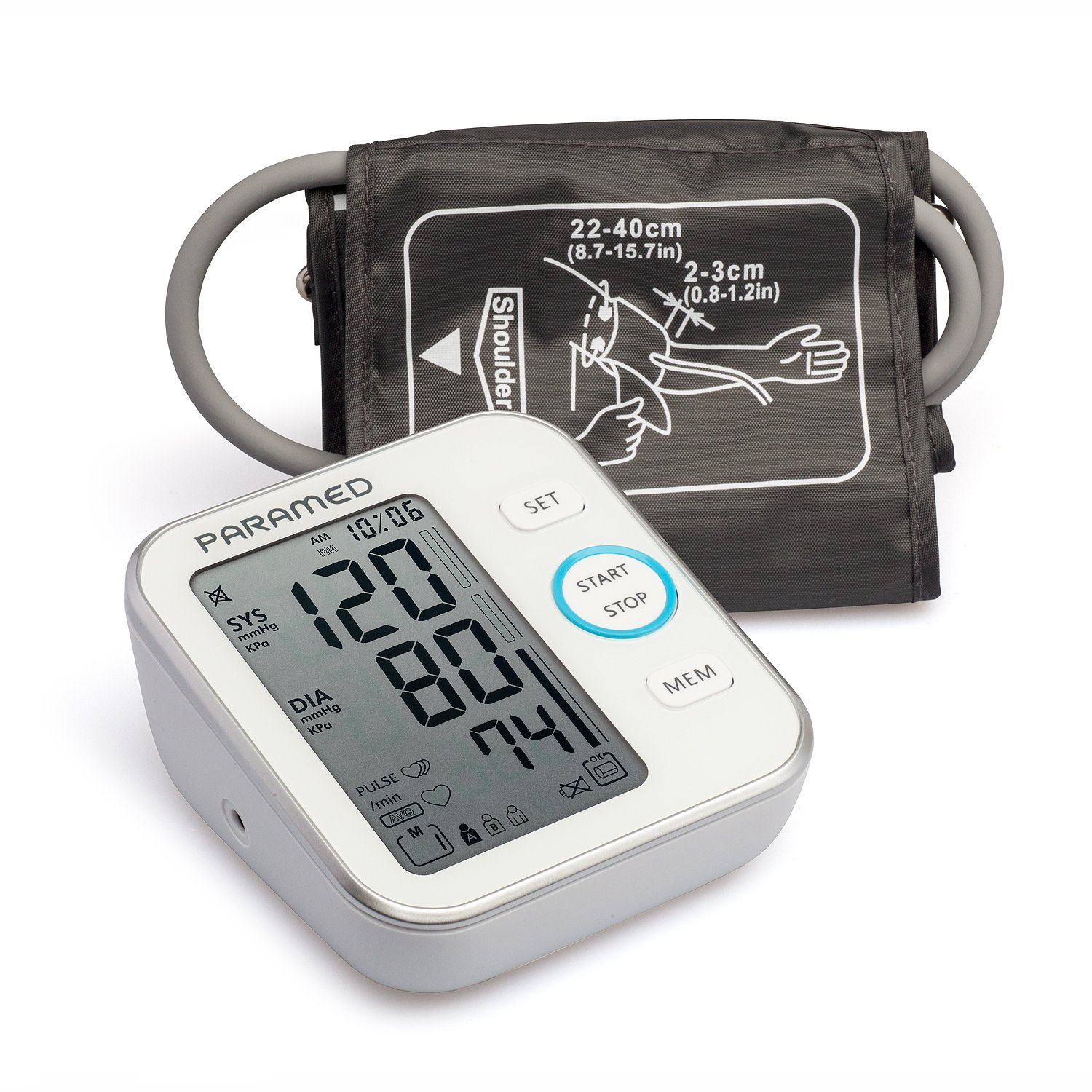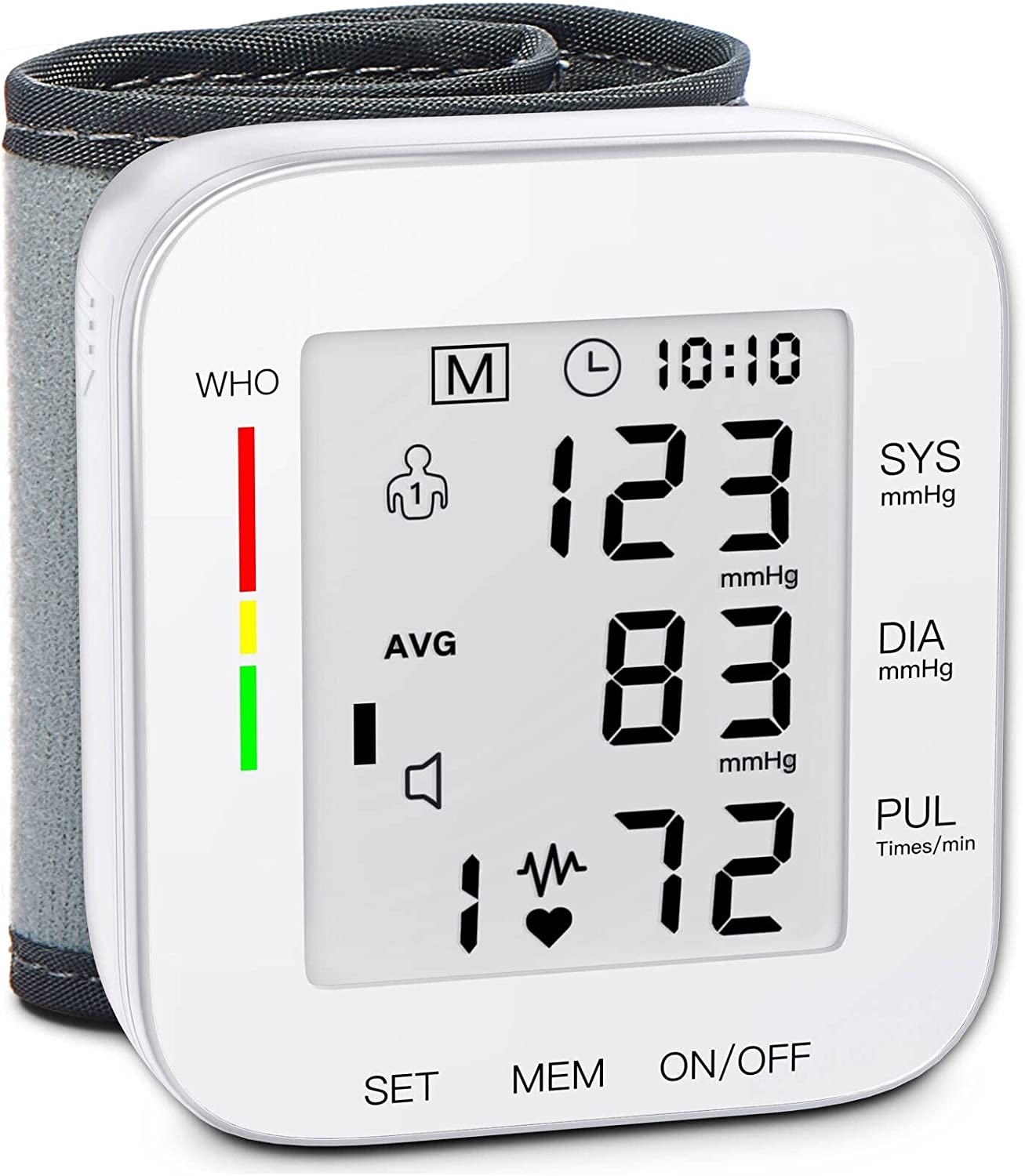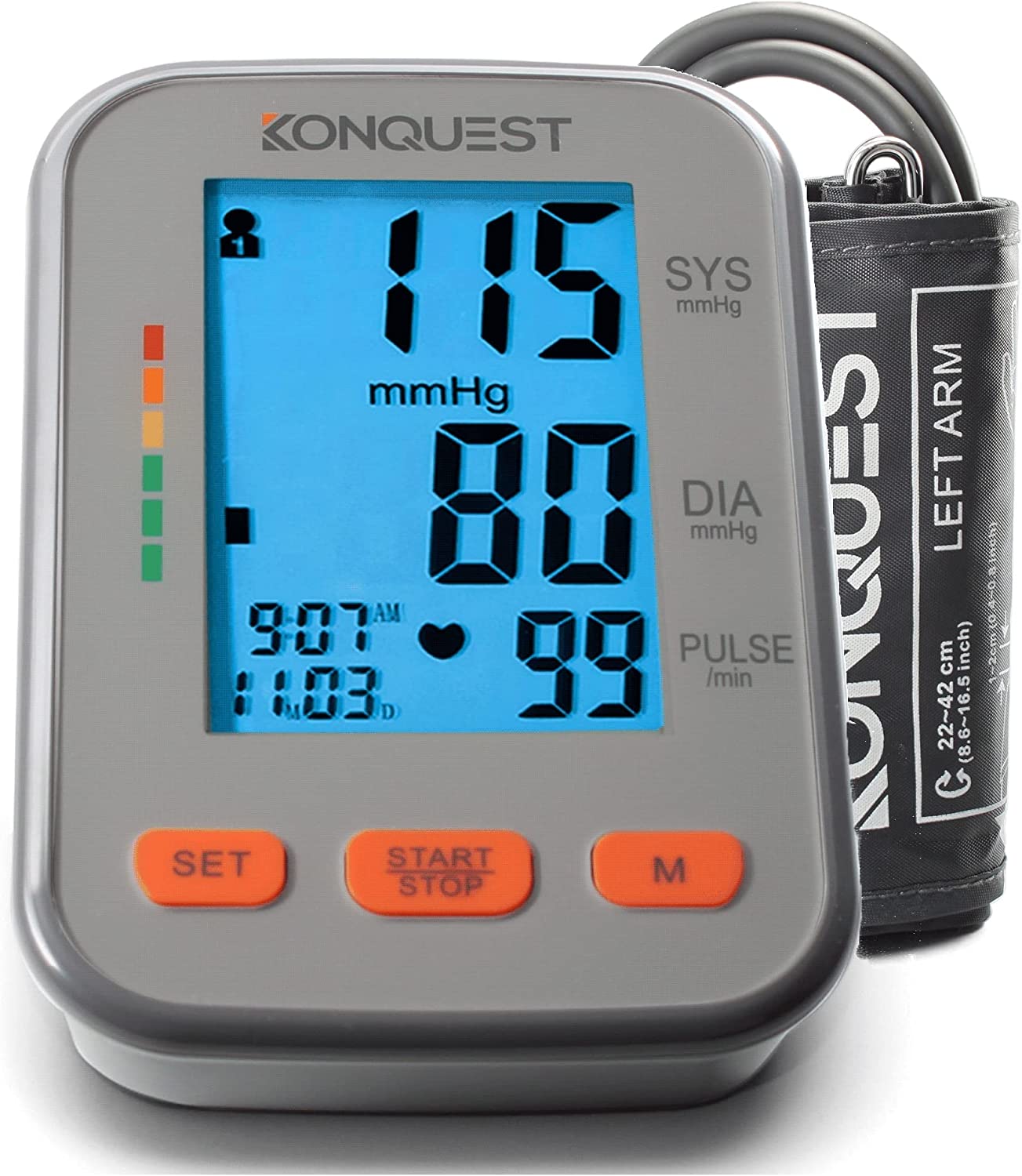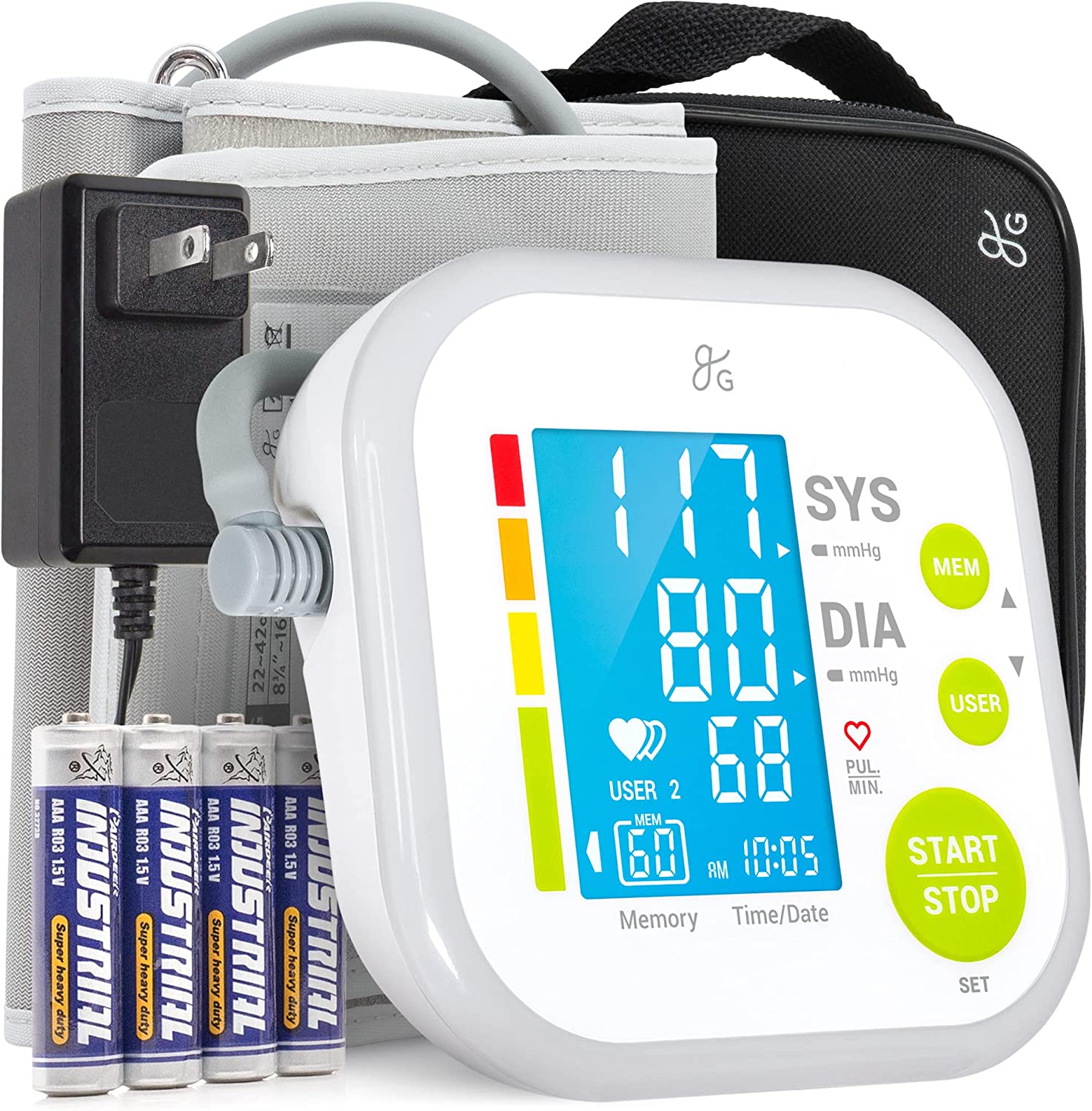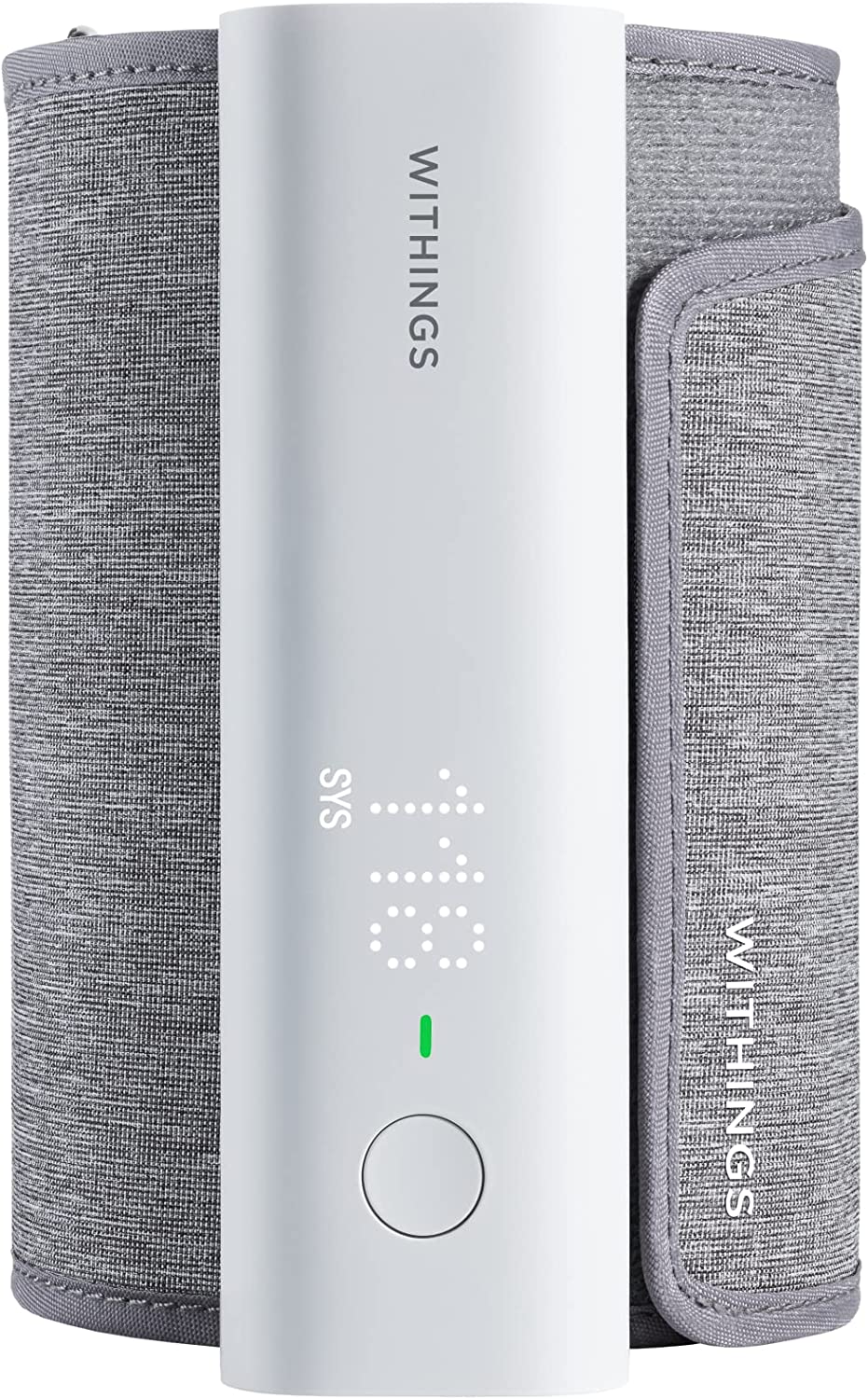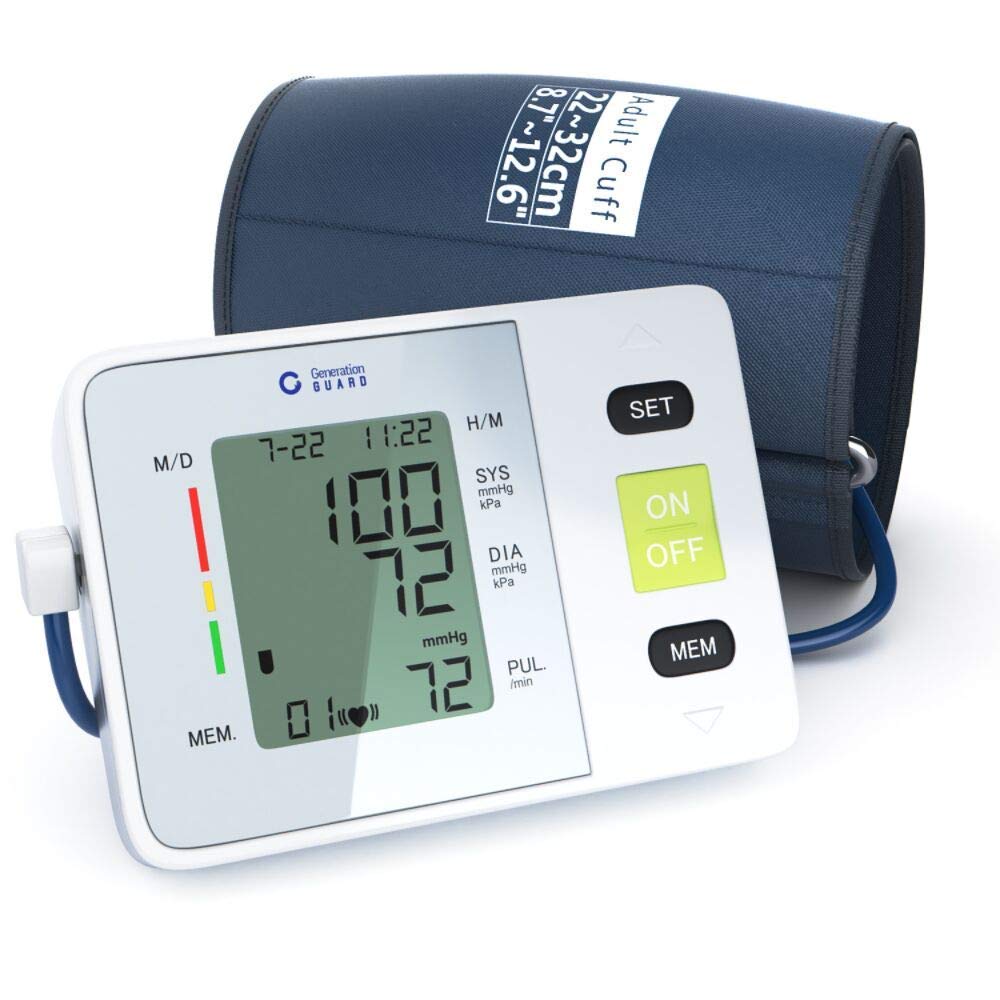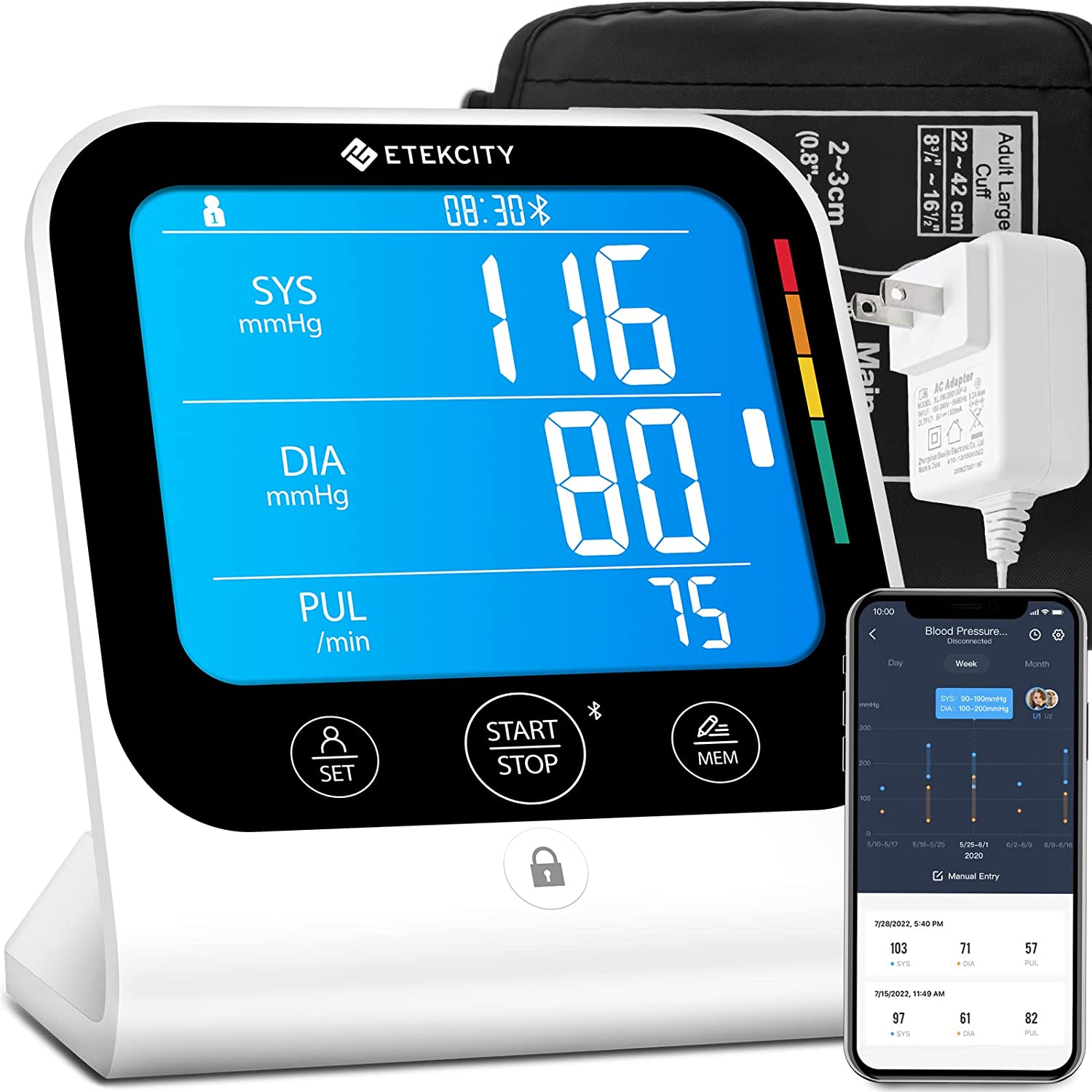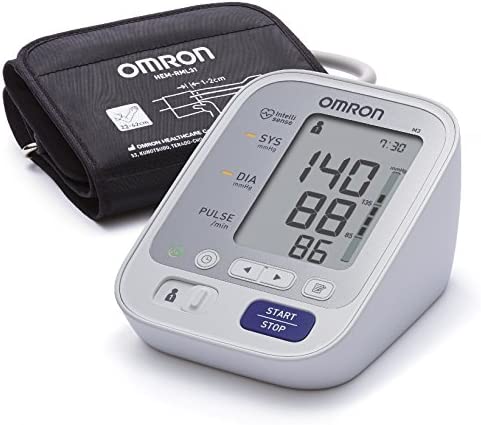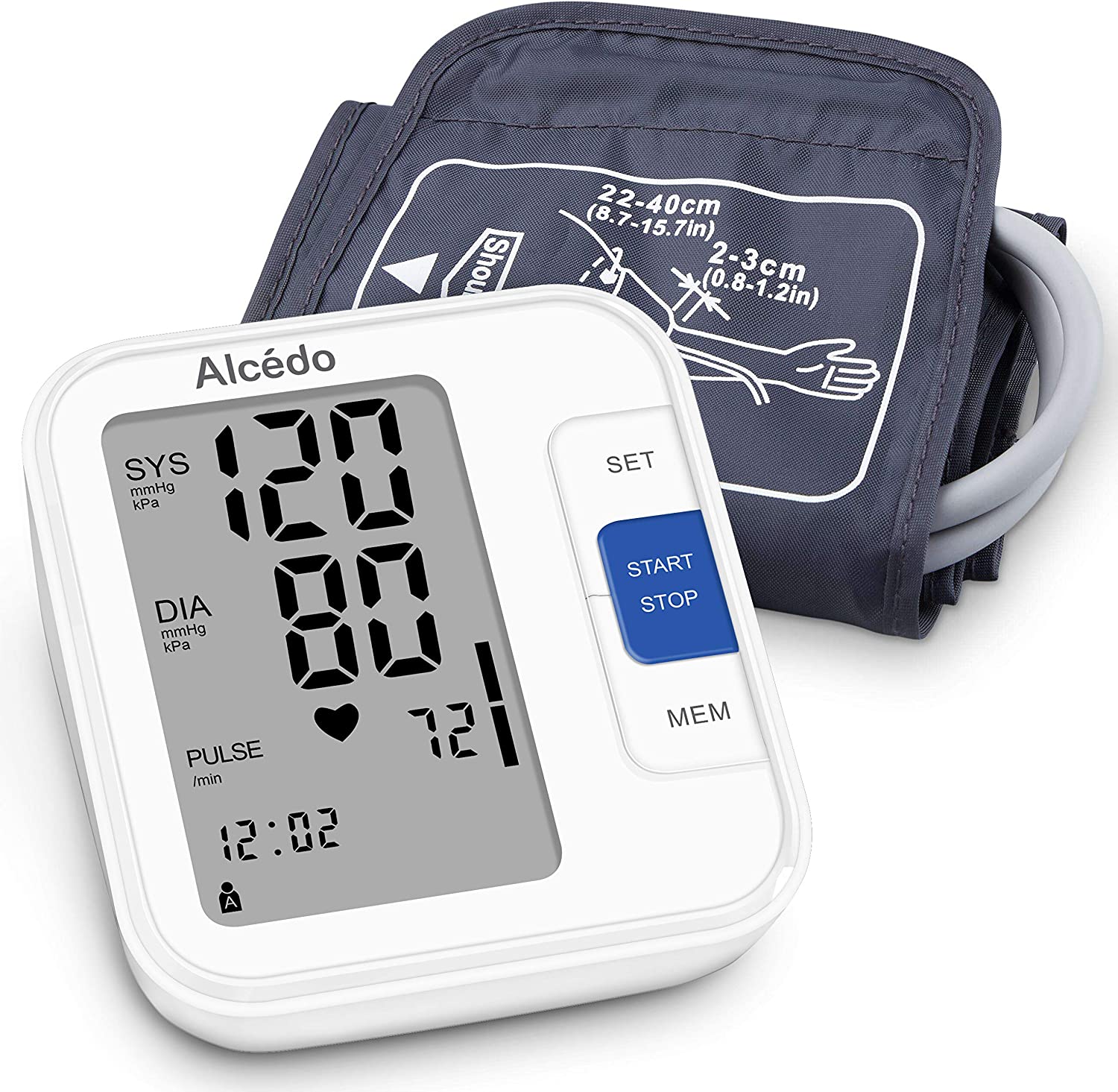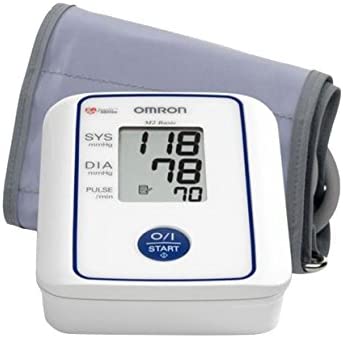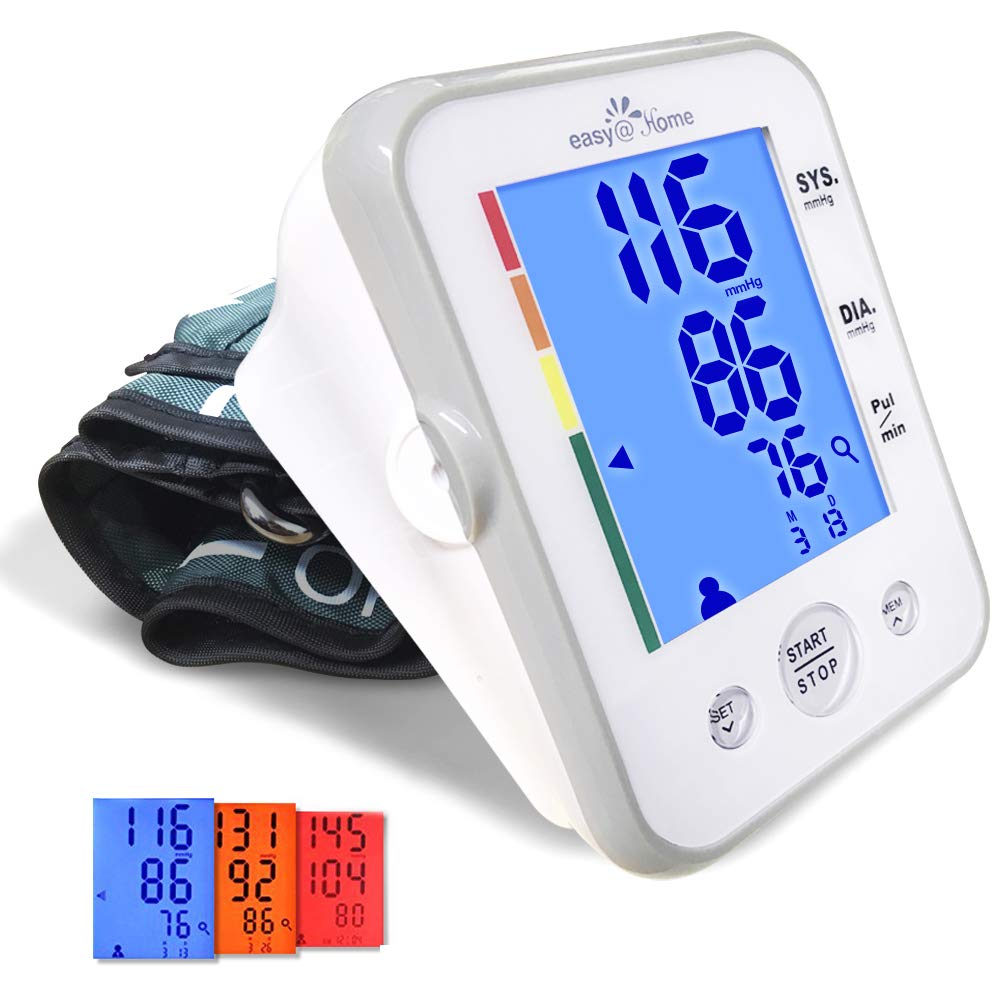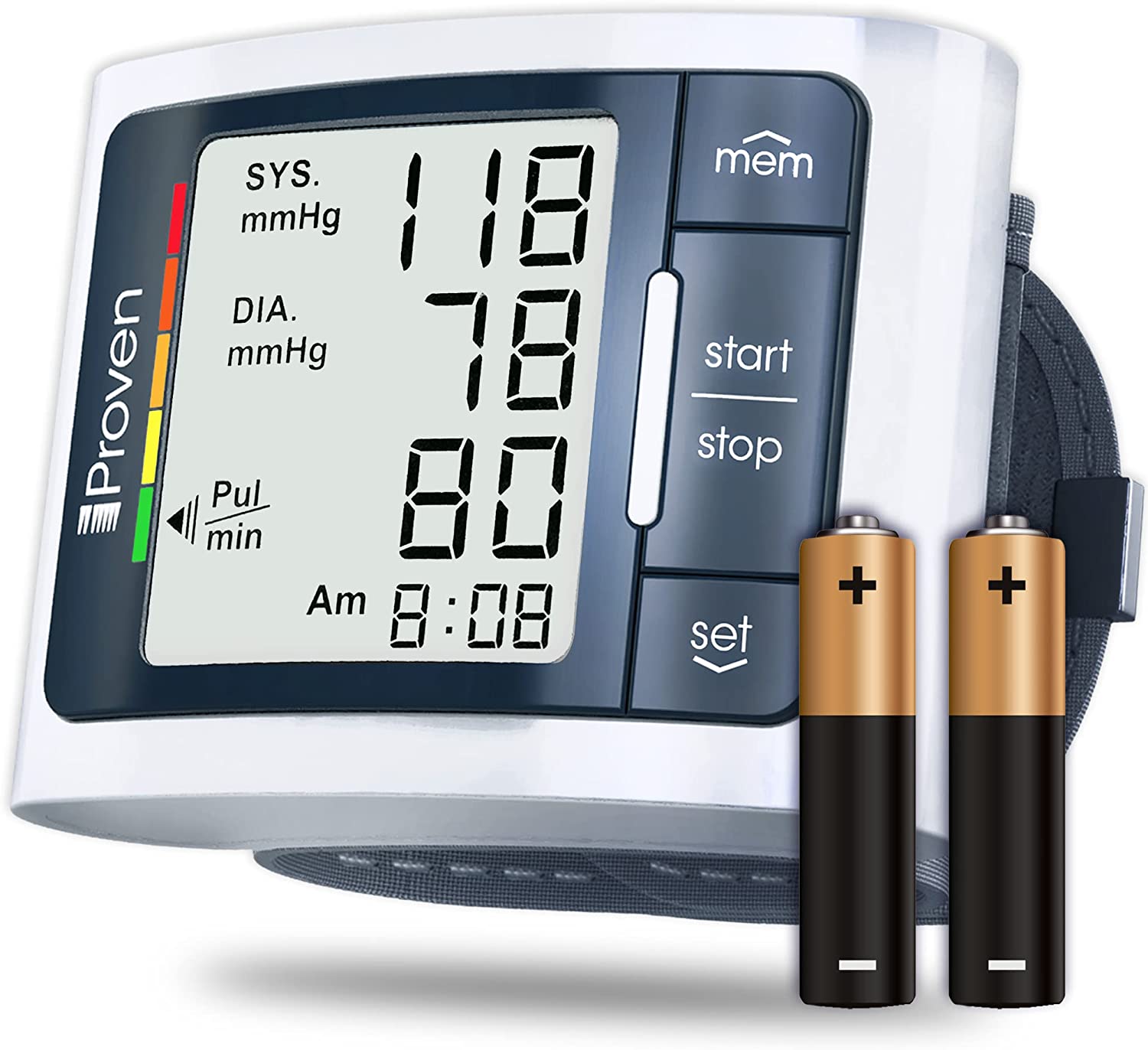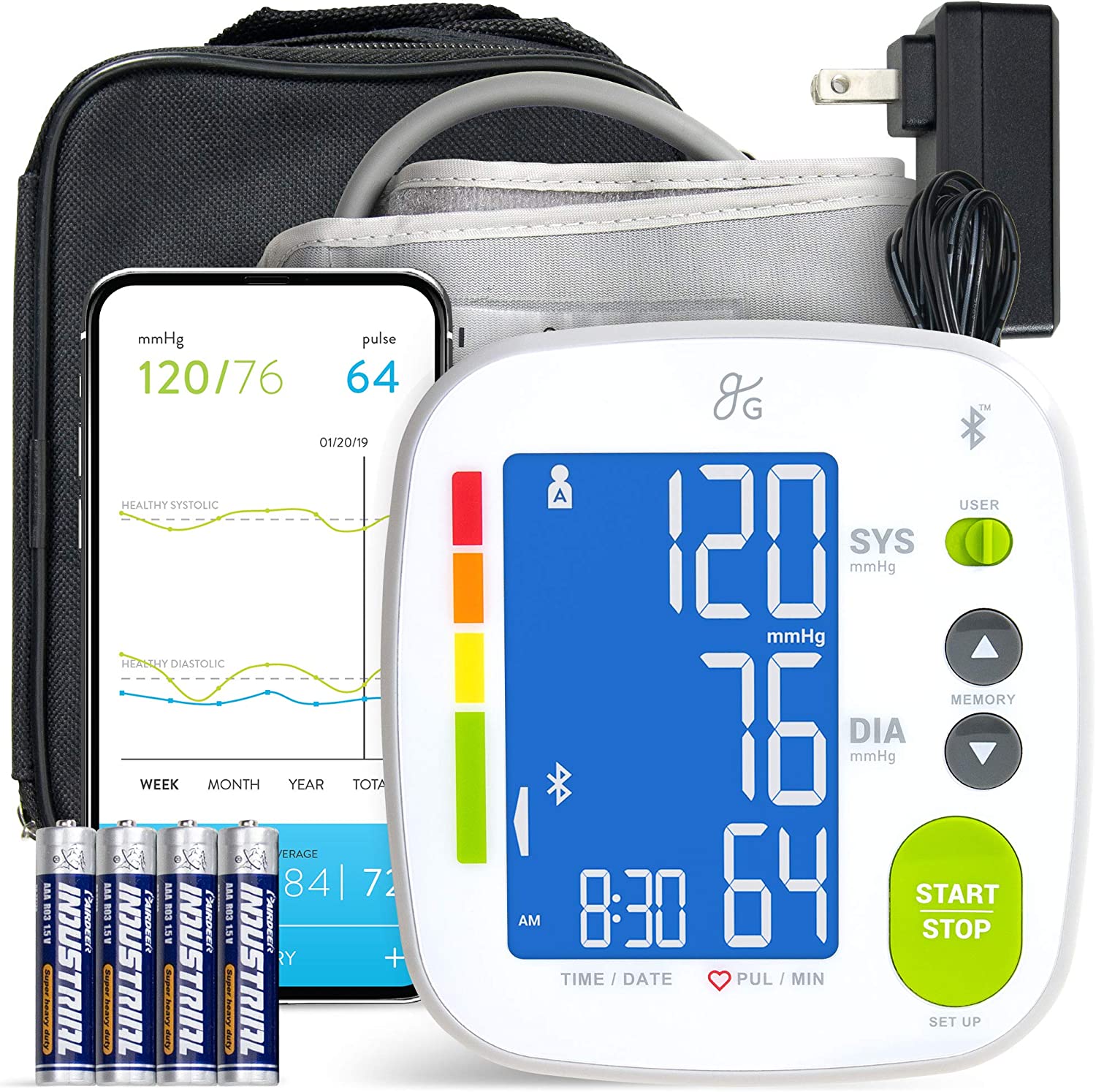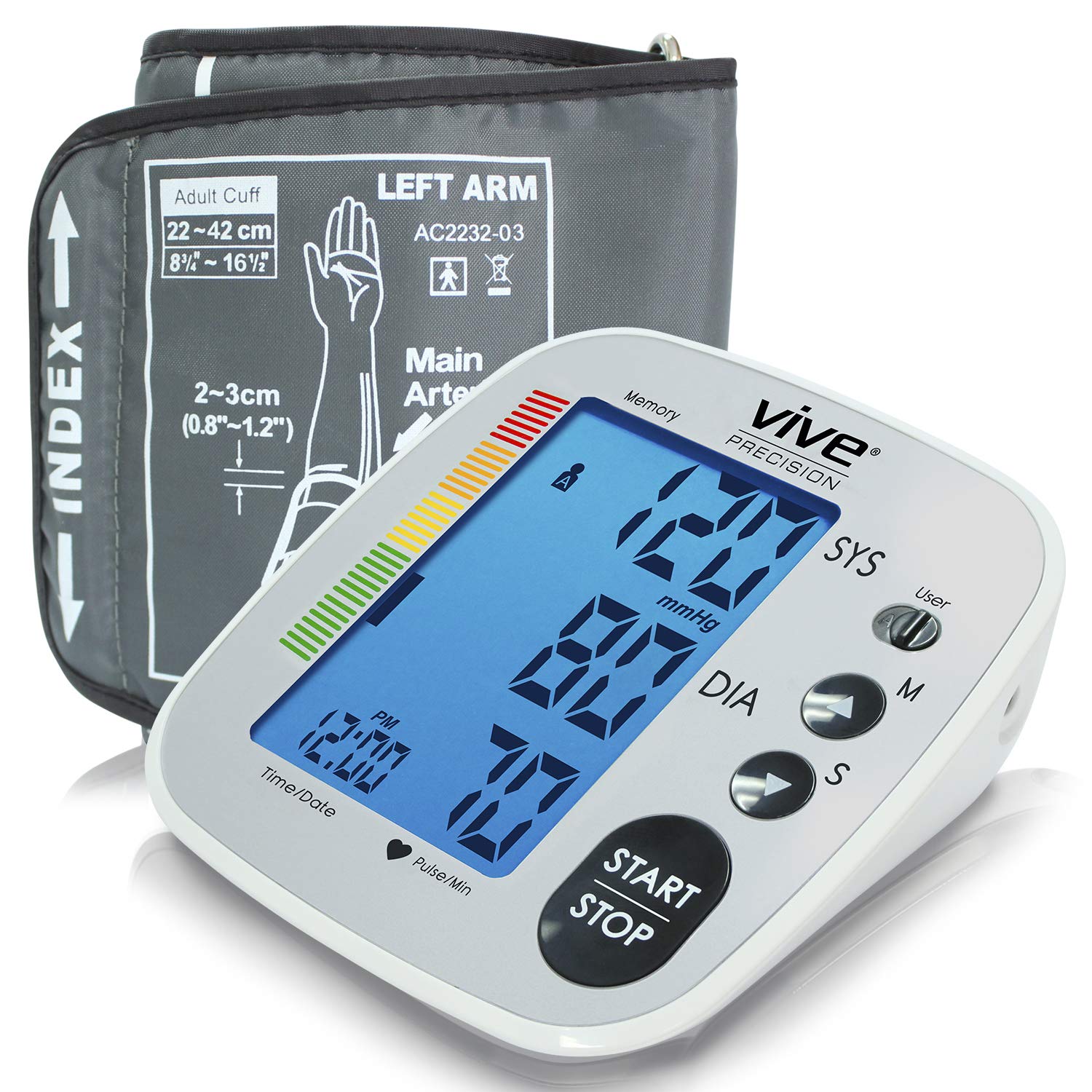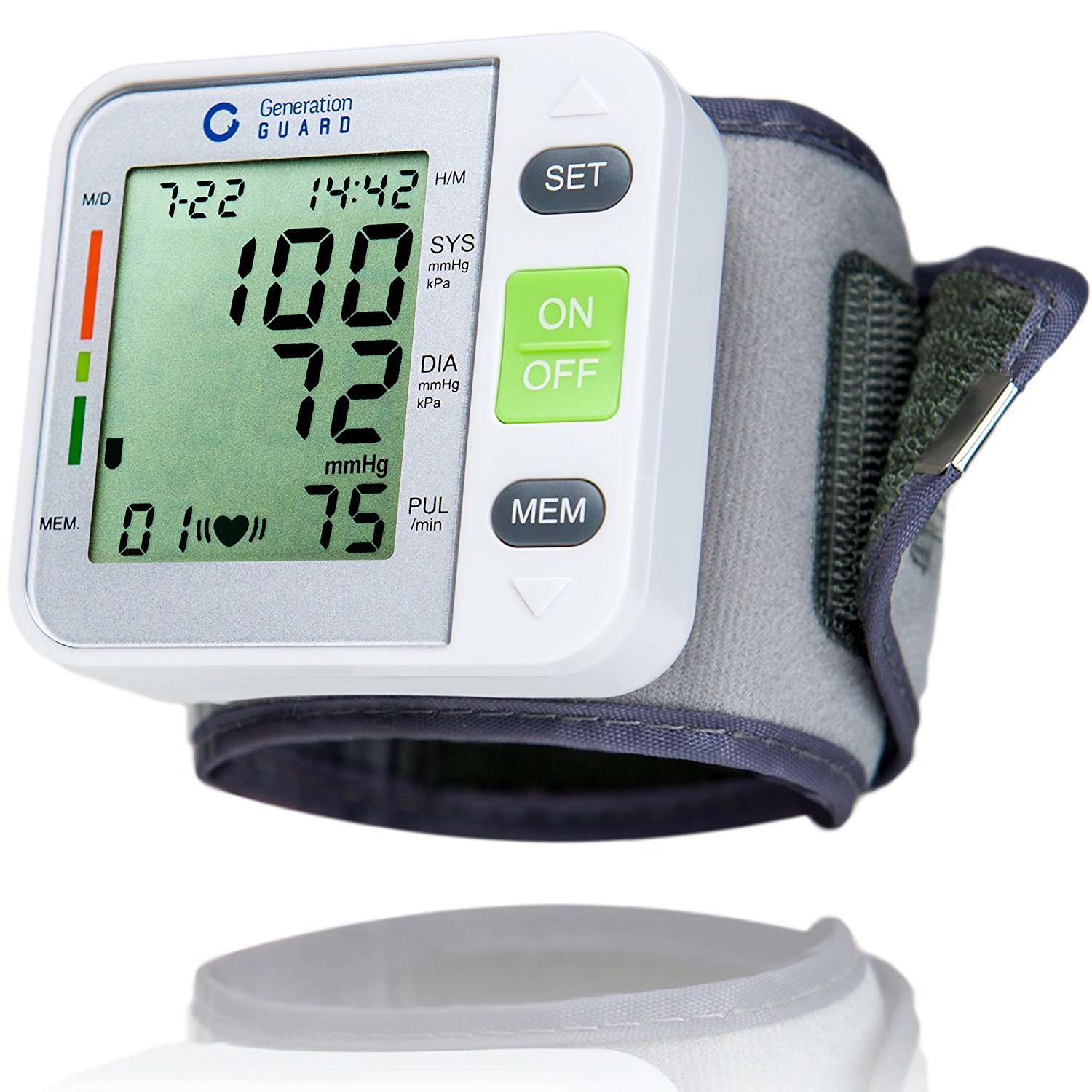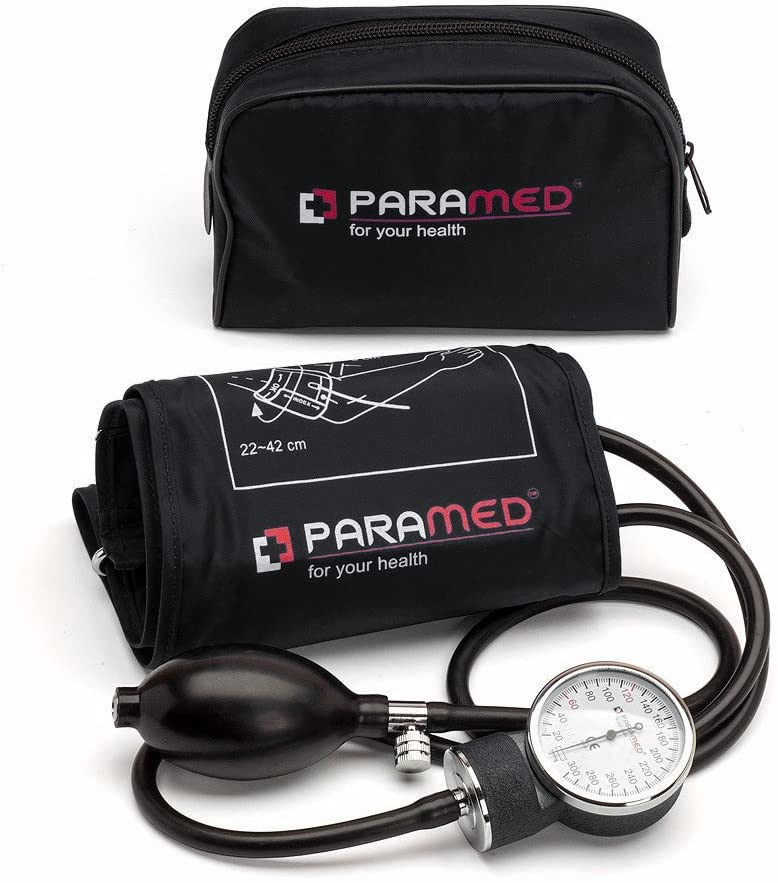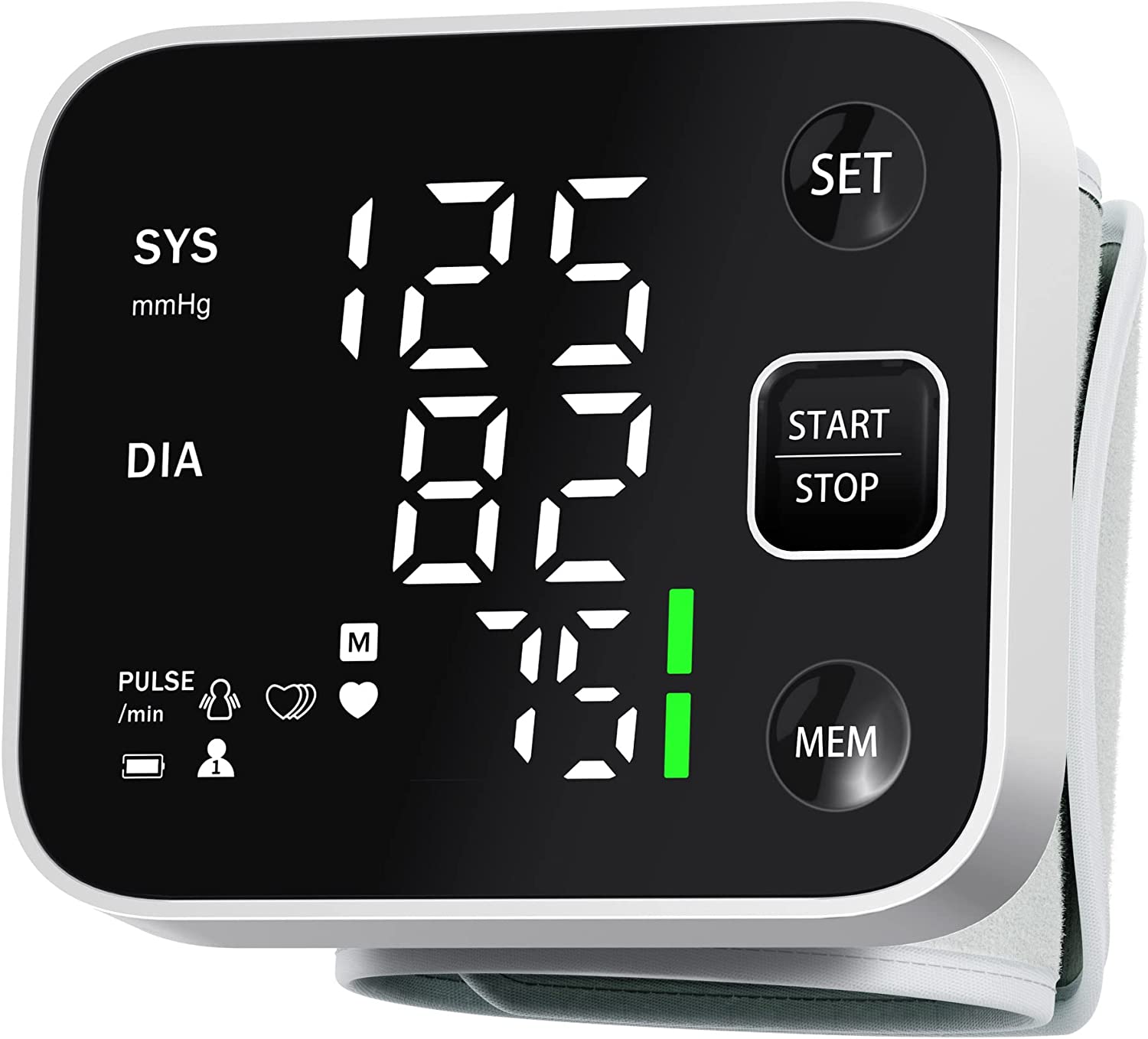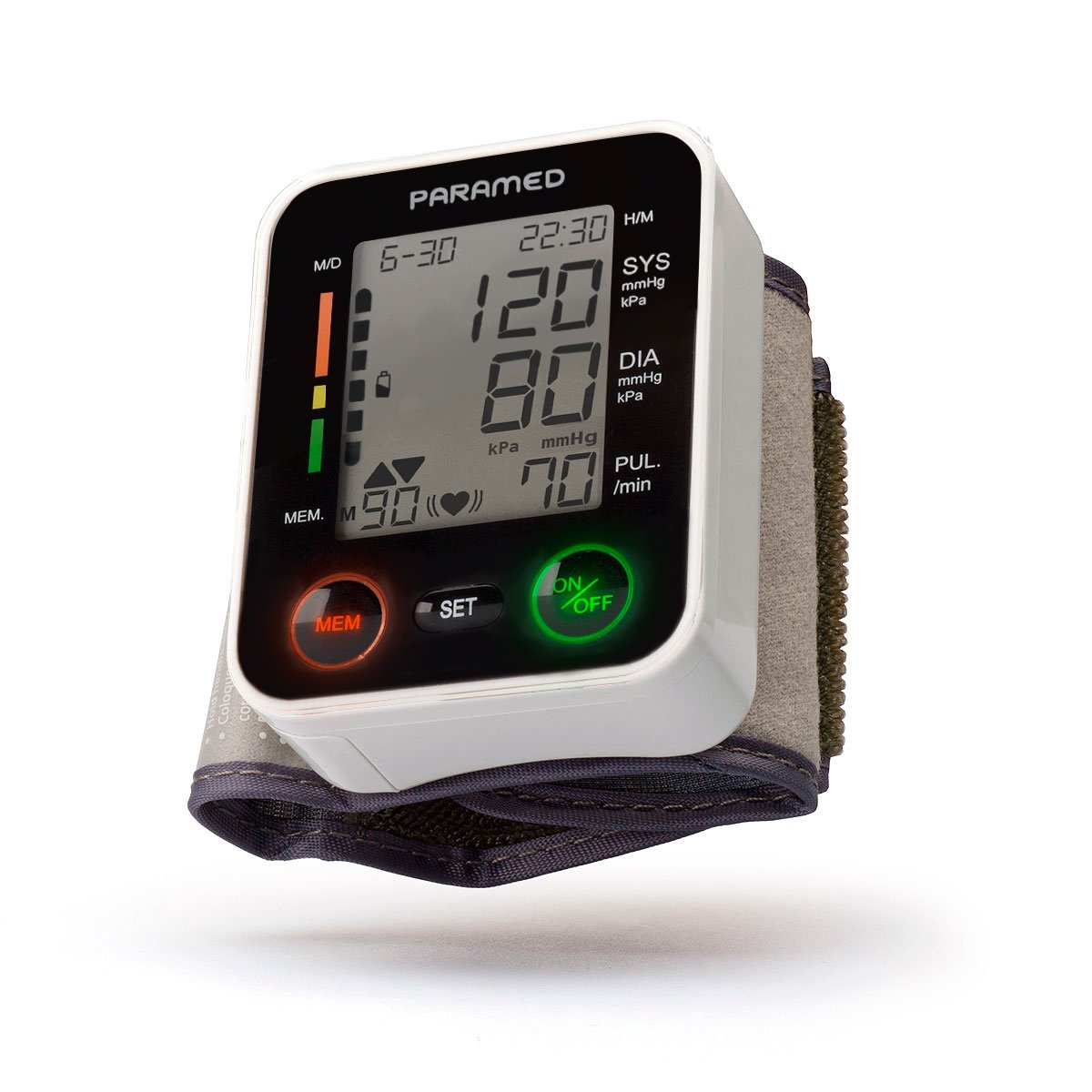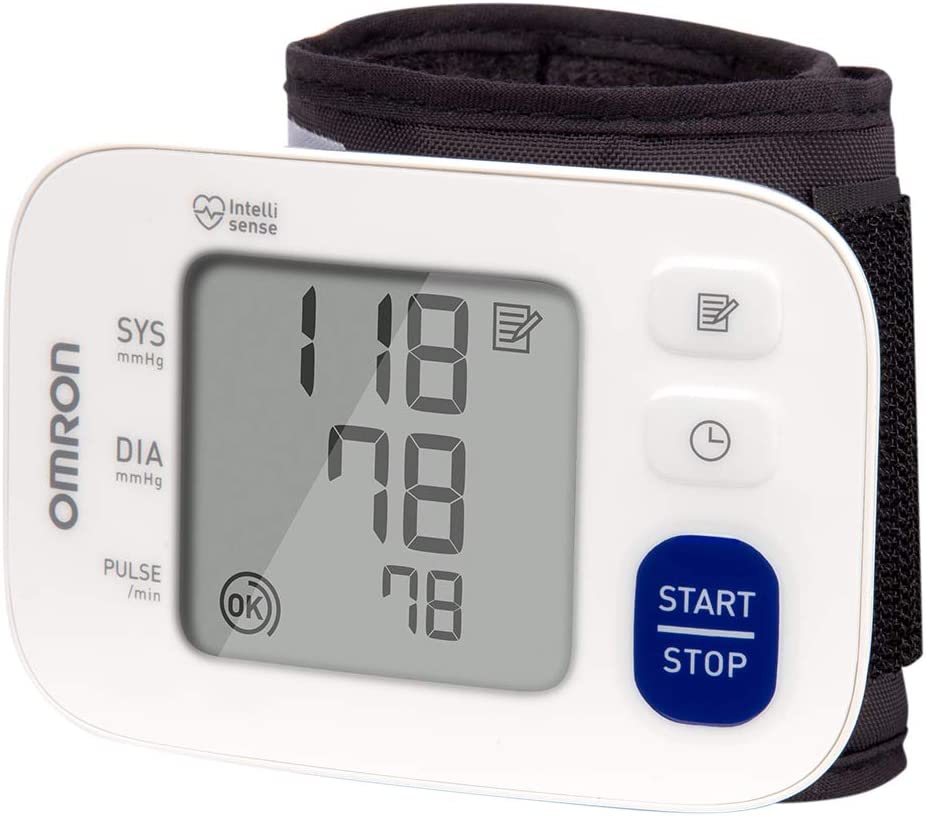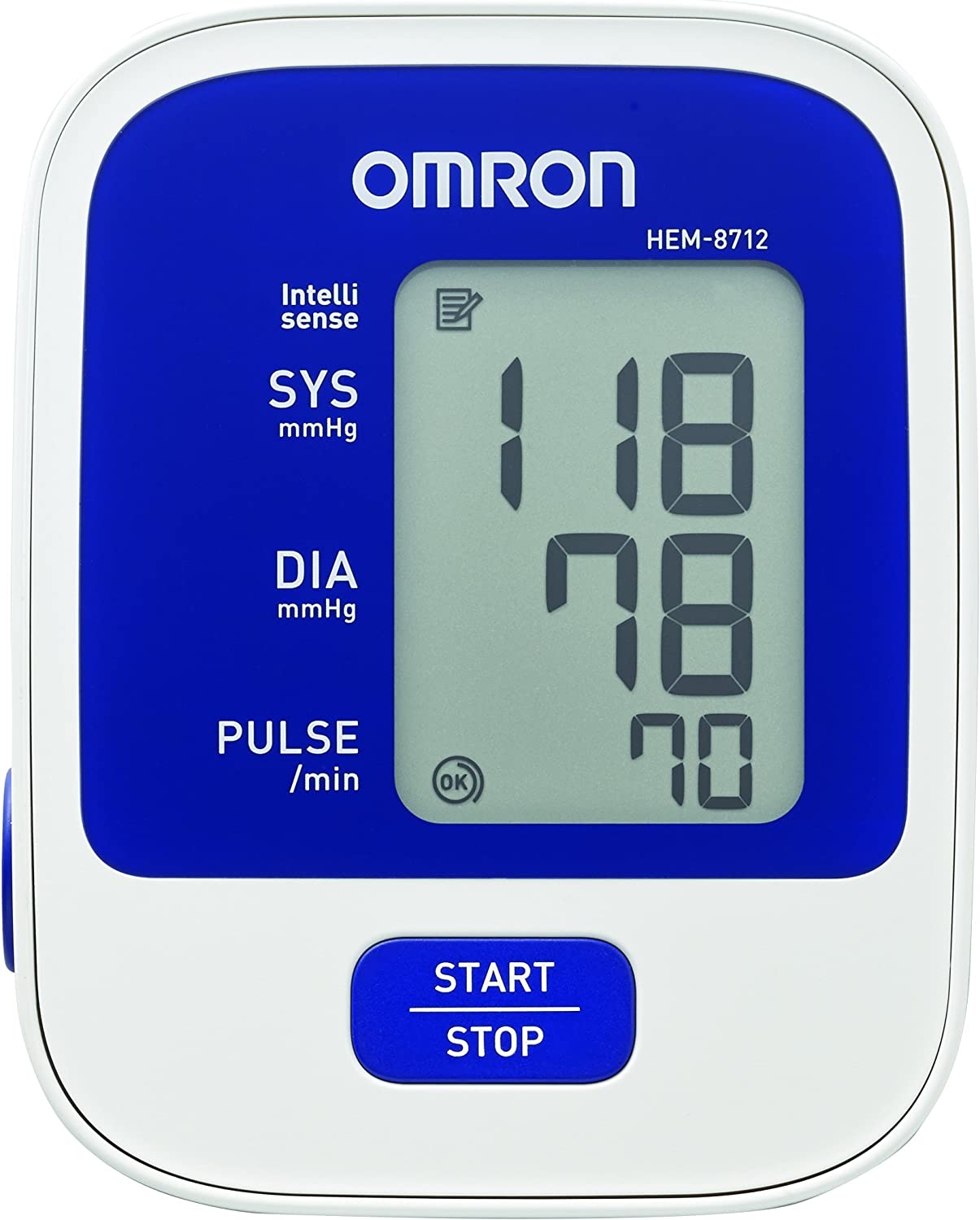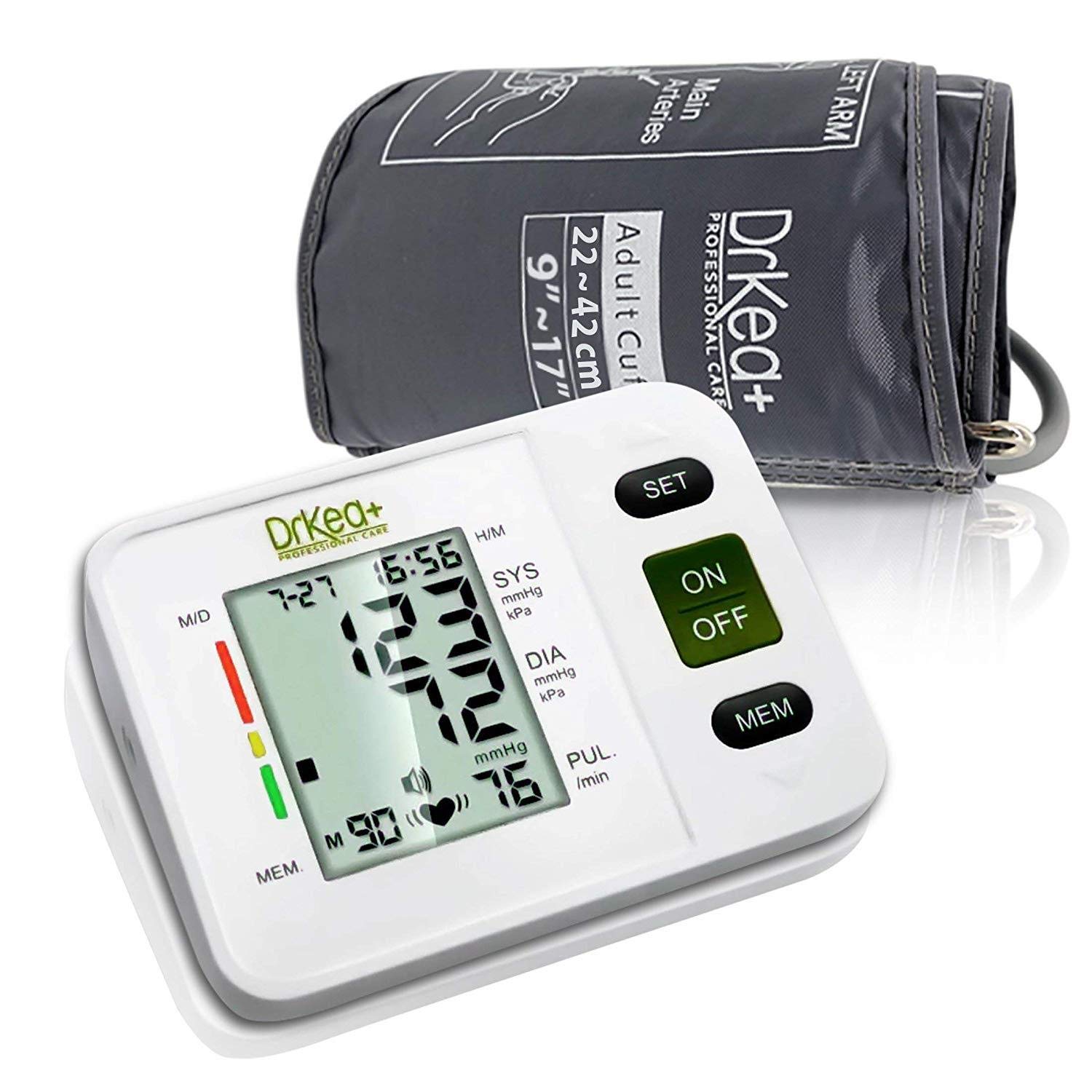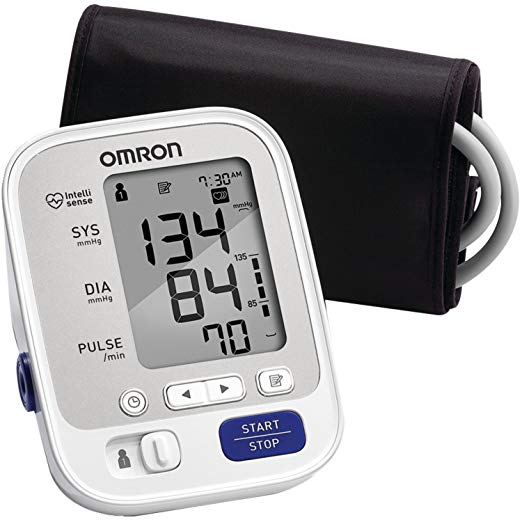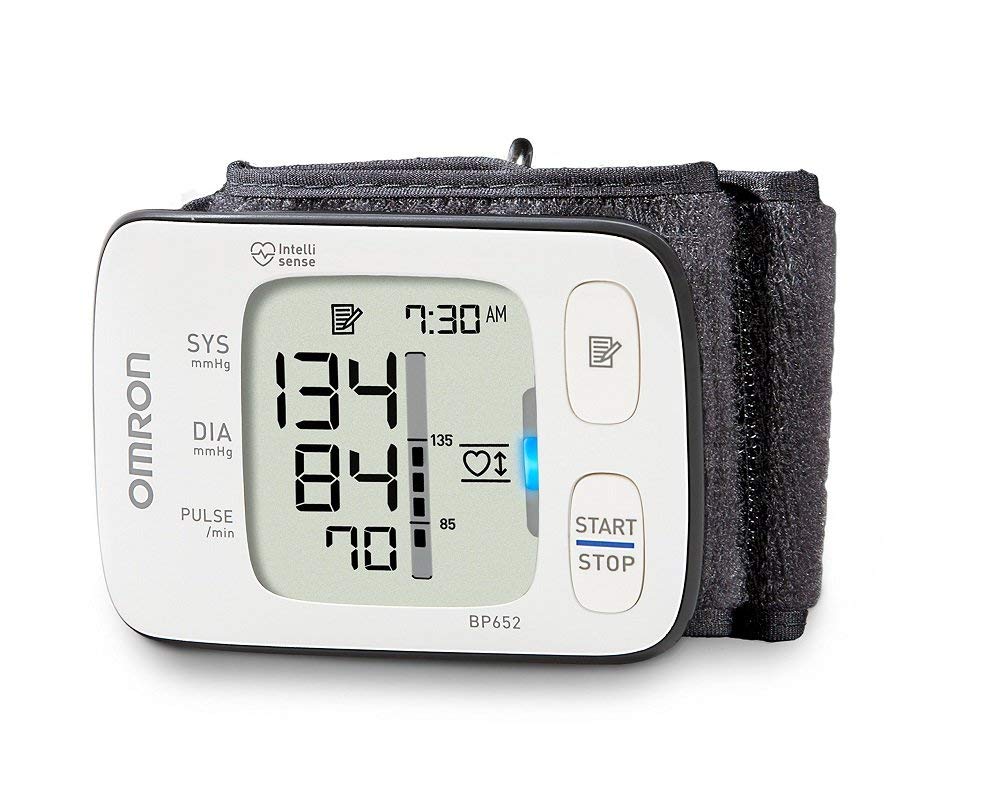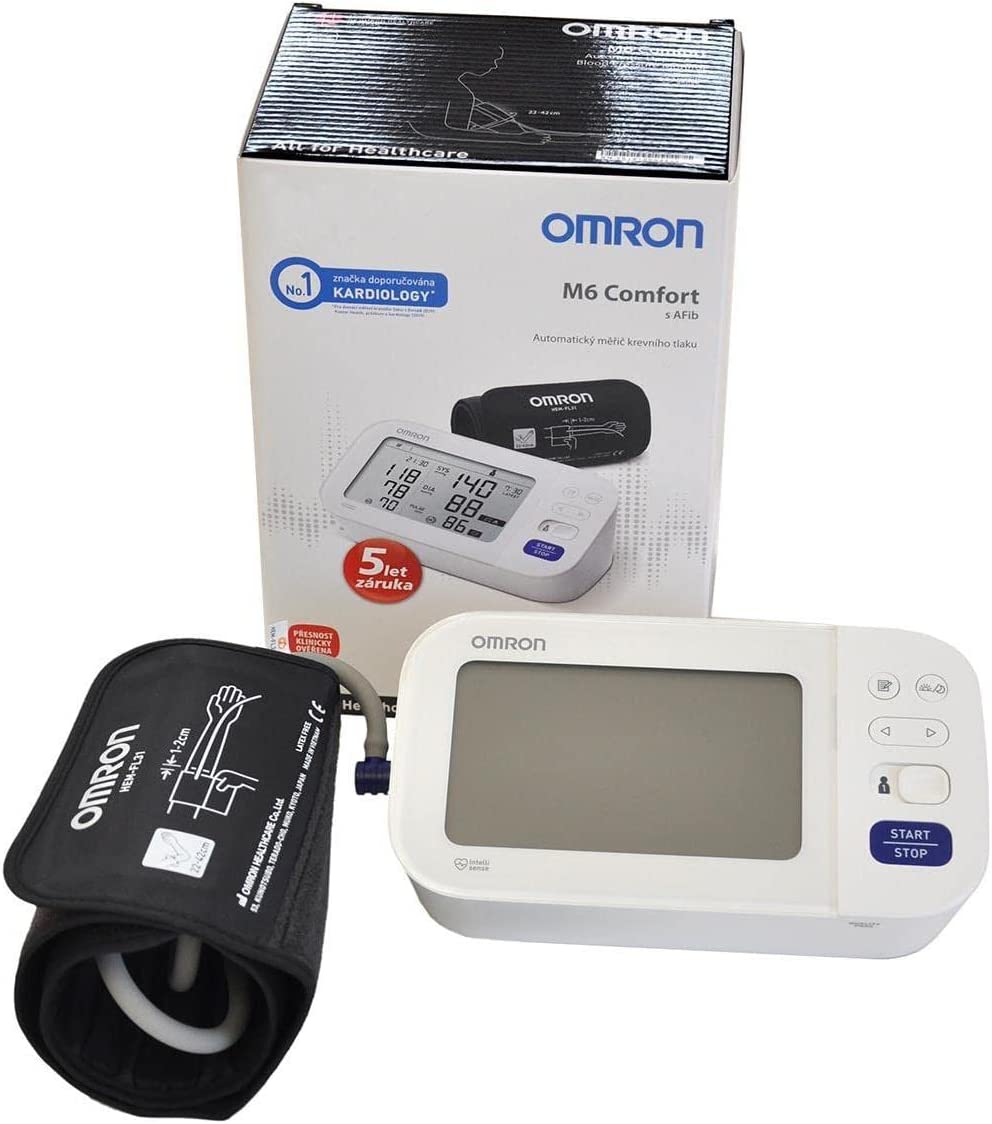Paramed Automatic Upper Arm USB Blood Pressure Monitor
Last updated: August 18, 2023
Not only will this blood pressure monitor let you know if the cuff isn't positioned correctly, but it also offers a choice between silent and voice mode. The LCD screen uses large numbers for easy reading and the device is capable of recording up to 120 readings for two people. There's even a handy carrying case in the event that you need to travel with the cuff.
We looked at the top Blood Pressure Monitors and dug through the reviews from some of the most popular review sites. Through this analysis, we've determined the best Blood Pressure Monitor you should buy.
Product Details
Key Takeaway: In addition to silent mode, this blood pressure monitor has a voice broadcast setting.
In our analysis of 59 expert reviews, the Paramed Automatic Upper Arm USB Blood Pressure Monitor placed 4th when we looked at the top 24 products in the category. For the full ranking, see below.Our Expert Consultant

Gastroenterologist and adjunct assistant professor at Touro College of Osteopathic Medicine
Dr. Niket Sonpal is an adjunct assistant professor at Touro College of Osteopathic Medicine and clinical instructor at Kingsbrook Jewish Medical Center, Brooklyn, who specializes in gastroenterology.
He is a graduate of the Medical University of Silesia-Hope Medical Institute in Poland. After completing his residency in internal medicine at Lenox Hill Hospital, he was selected to be the 2013‐2014 Chief Resident at Lenox Hill Hospital–Northshore LIJ Health System. Dr. Sonpal completed his fellowship in gastroenterology and hepatology at Lenox Hill Hospital and continues his work in the field of medical-student and resident-test preparation. He now serves as the associate program director for the Internal Medicine Residency Program at Brookdale University medical center.
He is also the co‐author of several medical test prep books and serves as the chief operating officer for Medquest Test Prep and director of medical education for Picmonic Test Prep.
